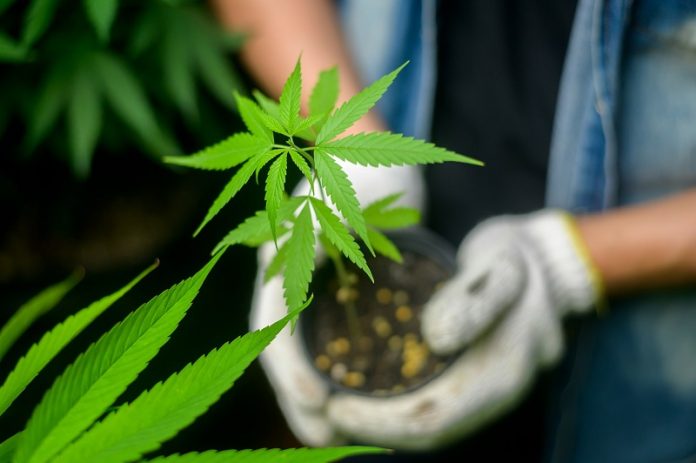
Cannabis has been part of human history for thousands of years.
From ancient rope and textiles to modern medical oils, it’s long been a useful and versatile plant.
Yet until recently, the full potential of cannabis remained largely hidden—mainly because of strict laws that slowed scientific research. Now, a major breakthrough led by scientists at the Salk Institute has revealed just how genetically rich and promising this plant really is.
In a groundbreaking study published in Nature on May 28, 2025, researchers analyzed 193 cannabis genomes to create the most complete and detailed genetic map—known as a pangenome—of the species.
This work was done in collaboration with Oregon CBD, Oregon State University, and the HudsonAlpha Institute of Biotechnology. It opens the door for advances in medicine, agriculture, and industry.
The team used long-read DNA sequencing, a powerful new technology that reads much longer stretches of DNA than earlier methods.
This allowed scientists to capture complex and repetitive parts of the cannabis genome, including those responsible for making cannabinoids like THC and CBD—two of the most important chemical compounds in cannabis.
They discovered that cannabis has far more genetic diversity than expected—possibly up to 20 times more than humans.
Each plant has two sets of chromosomes, one from each parent. Previous studies usually examined just one set, but this new research decoded both, offering a much clearer picture of how cannabis traits are inherited and how selective breeding has shaped modern strains.
The study found that some genes, especially those related to cannabinoids, are present in nearly every cannabis plant.
However, many other genes tied to growth, oil production, and stress resistance vary widely across plants. This means there’s still a huge pool of untapped genetic traits that could be used to improve cannabis crops for health, nutrition, and even climate resilience.
One exciting finding involves a rare compound called THCV, which is similar to THC but not psychoactive.
It may offer energy-boosting and therapeutic effects without the “high.” The team discovered that changes in certain fatty acid genes influence how much THCV a plant produces, offering a new target for breeders.
The research also provides the first complete look at the sex chromosomes of cannabis. While modern breeders often use “feminized” seeds to ensure high flower yields, this practice ignores genetic contributions from male plants. The study shows that true male cannabis plants carry unique genes that could improve offspring. Including them in breeding programs might unlock even more valuable traits.
Perhaps most intriguing, the team believes there may be an ancient cannabis relative in Asia that has yet to be discovered. This wild variety could hold unique traits from its own environment, providing future opportunities to breed stronger, more adaptable plants.
As hemp and cannabis industries continue to grow—whether for oils, sustainable textiles, or medical treatments—this new genetic roadmap provides scientists and farmers with the information needed to cultivate better plants.
With this detailed pangenome as a tool, the next generation of cannabis may offer even more benefits for people, the planet, and future innovation.



